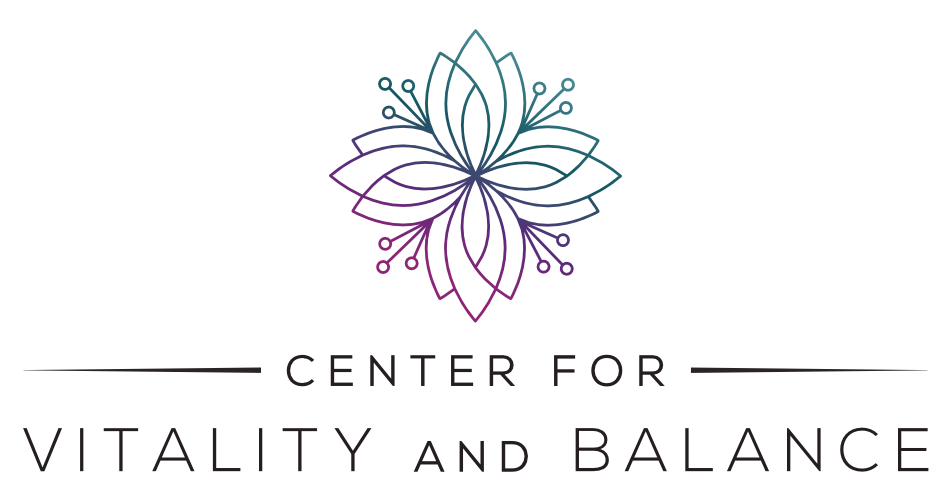
Person Centered Therapy
What is Person Centered Therapy?
Life isn’t easy and can sometimes create pain, discomfort, and conflict within. There is hope to help make sense of our discomfort while we bring awareness to our feelings and develop strategies for living that feel better. One way to achieve this is through Person or Client Centered Therapy. There are a few core conditions needed for Person Centered Therapy that work well in creating desired change.
First, the therapist strives to present themselves authentically and genuinely in therapy, as a real person. This is possible because the therapist has done their own inner work. Showing up as a sincere human being means the therapist avoids playing the role of expert and does not follow a script. Rather, the intention is to bring an honest, yet neutral, presence to the encounter.
Second, the therapist holds deep respect and acceptance of the client. The therapist recognizes the client’s desire for change while not rejecting the current experience of the client.
In addition, a key component of Person Centered Therapy includes empathy—leaning into the current experience of the client. Bringing clarity and deepening of the feeling as a way to increase awareness. Empathy can mean hearing the client experience without holding an agenda, expecting a specific outcome, or needing to create change at that moment.
Why I Use It
Continued and repeated research of Person Centered Therapy has shown this approach to be a strong foundation for helping clients move out of their current pain toward their desired way of being. I rely on it because I have endured the pain of being misunderstood and hustled out of a current felt experience. Living through those moments of being pushed into believing my experience was neither valid nor necessary led me to search for ways to validate, in the moment, what feels real for myself and others.
Part of my mission is to help people improve and deepen their relationship to themselves, and Person Centered Therapy can help. Being genuine and expressing empathy is beyond parroting what you've just said, which is a myth and misrepresentation of this type of therapy. Rather, it is hearing deeply and reflecting back the depth of the felt experience. This helps develop language to cultivate more meaning, sharpen clarity, and, ultimately, deepen understanding.
Respectful reflection and understanding can create a sanctuary to feel safe over time, with yourself and your experiences. This makes room to heal the heart, right the wrongs, and move toward desired change.
How It Helps
Person Centered Therapy builds a solid foundation to observe both the events of your life and your subjective experience. It encourages the development of safety by decreasing internal and external defensiveness and increasing warmth and security to examine where the answers lie and discover where hope is hiding in the moment. Person Centered Therapy does not deny the possibility of change. Instead, it offers an opportunity to be heard through sincere validation and genuine acceptance. From there, it is easier to set down what no longer serves you and pick up the next piece of change that could be possible.

